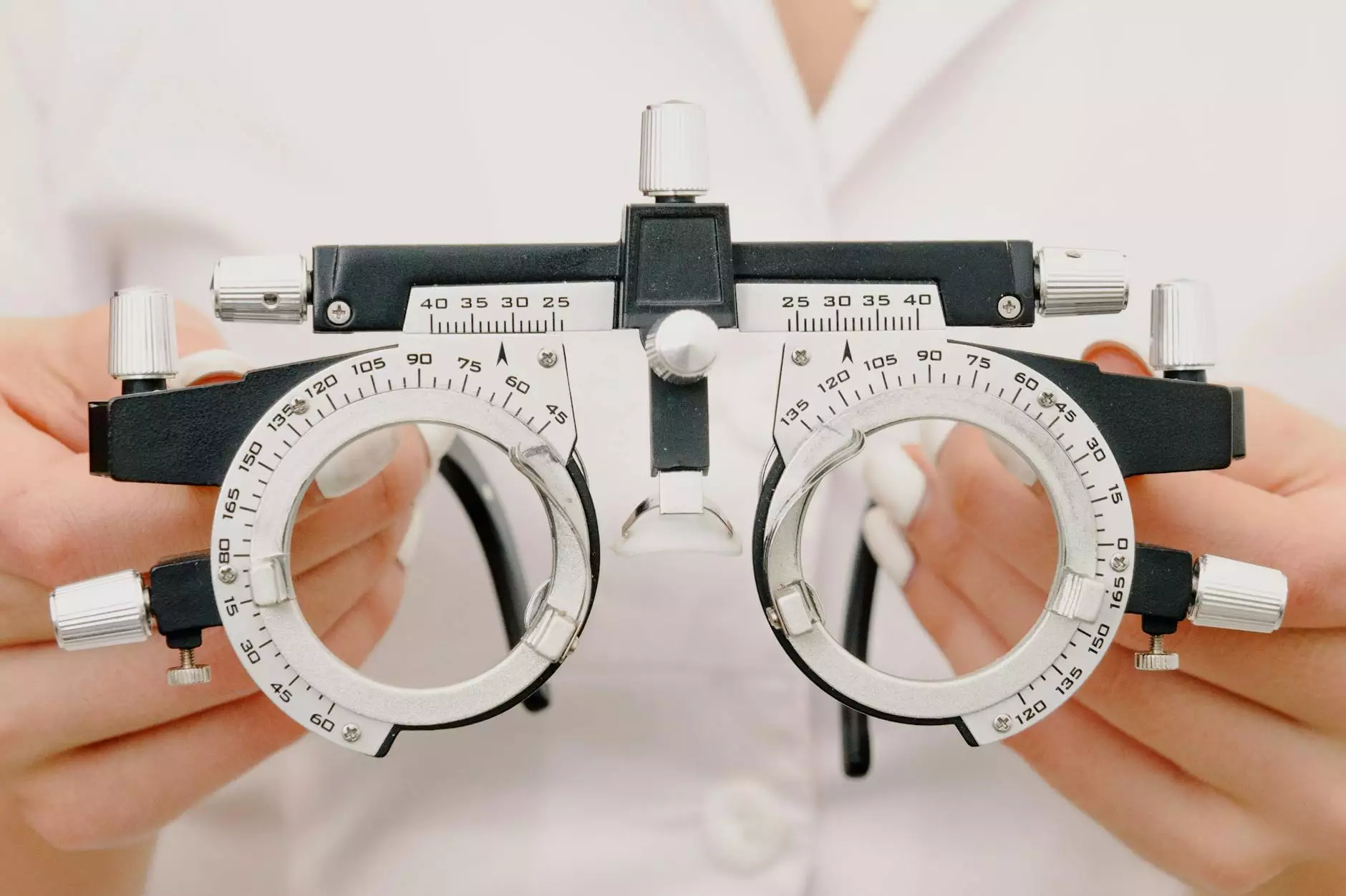Does Shortness of Breath Mean I'm Having a Heart Attack?
A New Beginning: Why UPG is Restructuring
Welcome to Bay Regional Medical Center's comprehensive guide on understanding the relationship between shortness of breath and heart attacks. In this article, we aim to provide you with the necessary knowledge to determine if experiencing shortness of breath is indicative of a heart attack or if it may be caused by other factors. Read on to learn more about the symptoms, causes, and treatments related to shortness of breath in relation to heart health.
Understanding Shortness of Breath
Shortness of breath, medically known as dyspnea, is a common symptom that can be caused by a variety of underlying factors. While it is often associated with respiratory issues, it is important to recognize that shortness of breath can also be a symptom of a heart-related problem, such as a heart attack. It is crucial to assess the situation and consider other signs and symptoms before jumping to conclusions.
Recognizing Heart Attack Symptoms
When it comes to heart attacks, shortness of breath is just one of the potential symptoms. Other common indicators include chest discomfort or pain, lightheadedness, nausea, sweating, and discomfort in other areas of the upper body, such as the arms, back, or jaw. It is essential to remember that symptoms may vary among individuals, and some may experience a combination of symptoms while others may only exhibit a few.
Causes of Shortness of Breath
Shortness of breath can be caused by various factors unrelated to heart attacks. Understanding these other potential causes is crucial to accurately assessing your situation. Common causes include physical exertion, anxiety or panic attacks, allergies, asthma, lung infections, anemia, obesity, and certain medications. It is important to seek medical advice for an accurate diagnosis and appropriate treatment.
Diagnosing and Treating Shortness of Breath
If you experience persistent or severe shortness of breath, it is important to seek immediate medical attention. A healthcare professional will conduct a thorough evaluation to determine the underlying cause and provide appropriate treatment. Diagnostic tests may include a physical examination, medical history review, blood tests, electrocardiogram (ECG), chest X-ray, or other specialized tests based on your specific situation.
Treatment for shortness of breath depends on the underlying cause. In some cases, lifestyle modifications such as quitting smoking, losing weight, or managing stress may be recommended. Other treatment options may include medication, oxygen therapy, pulmonary rehabilitation, or surgical interventions. Your healthcare provider will tailor the treatment plan to address your unique needs and improve your overall well-being.
Prevention and Lifestyle Considerations
Prevention plays a crucial role in maintaining heart health and minimizing the risk of experiencing a heart attack or related symptoms like shortness of breath. Adopting a heart-healthy lifestyle involves making conscious choices such as a balanced diet, regular exercise, stress management, smoking cessation, and managing underlying health conditions such as high blood pressure, diabetes, or high cholesterol.
Regularly attending check-ups with your healthcare provider is also key to identifying and addressing any potential risk factors or early warning signs. By actively promoting heart health, you can significantly reduce the likelihood of developing heart-related problems and experiencing associated symptoms like shortness of breath.
Conclusion
In conclusion, while shortness of breath can be concerning, it is not always indicative of a heart attack. Bay Regional Medical Center recognizes the importance of maintaining heart health and provides this comprehensive guide to help you understand the relationship between shortness of breath and heart attacks. Remember to consult with a healthcare professional to receive an accurate diagnosis and appropriate treatment plan. By prioritizing prevention and a heart-healthy lifestyle, you can mitigate the risk of heart-related issues and ensure overall well-being.




